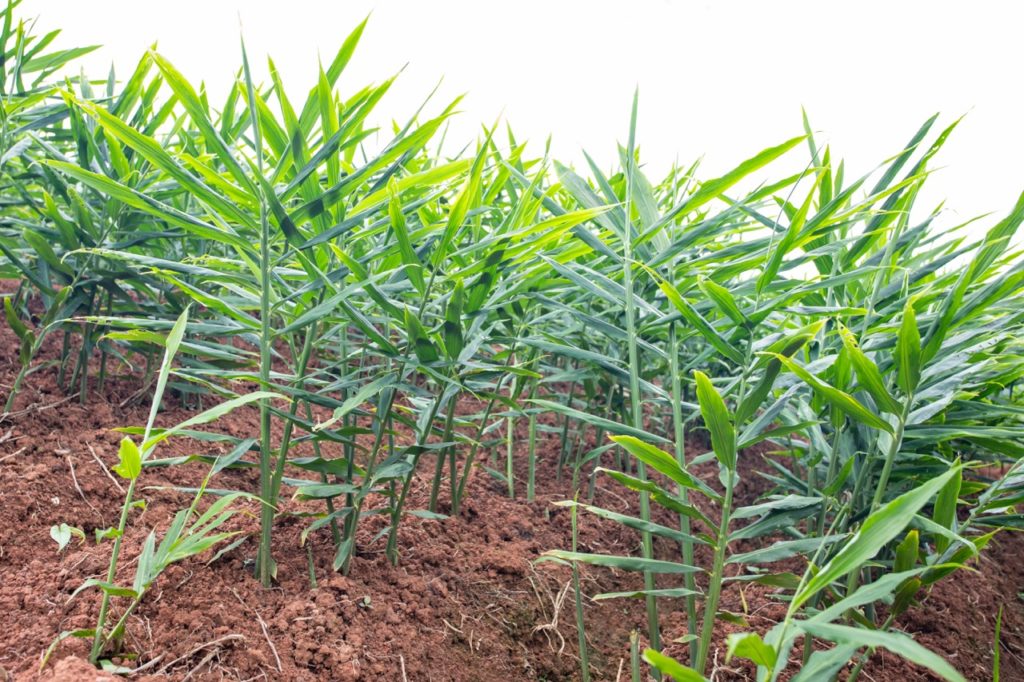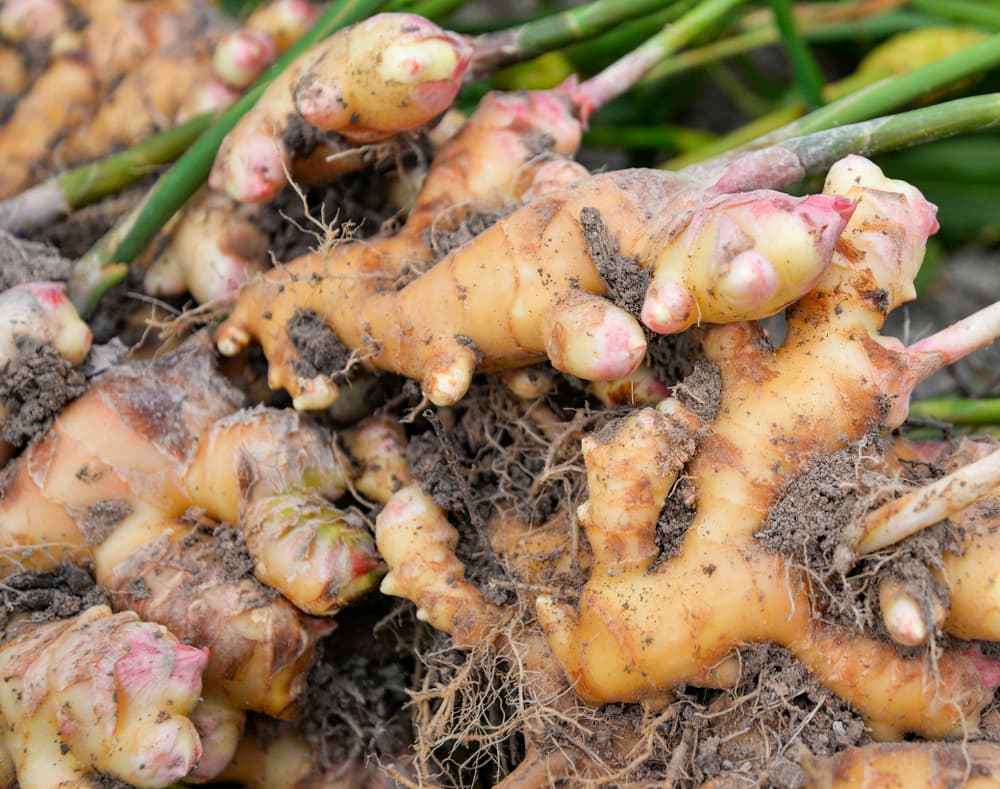This Is How To Harvest Ginger Without Bruising Or Damaging The Plant

PERENNIALS > GINGER > HARVESTING
Reviewed By COLIN SKELLY

Colin is a Horticulturist and Horticultural Consultant with experience in a range of practical and managerial roles across heritage, commercial and public horticulture. He holds the Royal Horticultural Society’s Master of Horticulture award and has a particular interest in horticultural ecology and naturalistic planting for habitat and climate resilience.
IN THIS GUIDE
GINGER GUIDES
Harvesting
Planting
Propagation
Although ginger is a native of tropical parts of the world, it will thrive in the UK if planted indoors or inside a greenhouse.
As it’s so easy to cultivate and lends itself well to a variety of culinary dishes, it’s favoured by amateur horticulturalists and chefs across the country.
In order to make sure you get the full flavour of this root spice, it’s important to harvest it at the right time and to do so without bruising or otherwise damaging the plant.
By following the steps below when harvesting your ginger, you can’t go wrong:
- Time your harvest right – ensuring your plant has fully matured.
- Keep an eye on the foliage beginning to wilt to indicate when it’s ready to dig up.
- Dig around the plant using a trowel, being careful not to damage any of the roots.
- Harvest your ginger by gently removing it from the soil.
- Prepare the root by washing and chopping (if desired).
Each of those stages is described in more detail to make things as simple as possible below.
| Difficulty | Easy |
| Equipment Required | Trowel, gardening gloves, sharp knife |
| When To Take Cuttings | After flowering |
1) Get Your Timings Right
When ginger is planted and cared for correctly, it should be fully mature and ready for harvest after around 10 months.
You can, if you wish, harvest ‘green ginger’ much sooner – cutting off small portions from around 4 months after planting, but this does not taste the same as ginger that is fully mature.

By autumn, in temperate climates, you should also have the option to harvest stem ginger in small amounts.
Stem ginger has a unique flavour and can be more difficult to get your hands on than root ginger if you do not grow your own.

After around 10 months, however, the foliage on your ginger plant will begin to die down; this is the perfect time to harvest.
2) Keep An Eye On The Foliage
As with most crops, the leaves and stems of ginger are excellent indicators of when it is ready to harvest.
Ideally, you should wait until after it has completed its flowering cycle.

This means that the flowers will have wilted and the leaves turned yellow, while the stems themselves will also be sagging.
At this point, you can be sure that the ginger is fully mature and ready to dig up.
3) Dig Around The Plant
It’s important that you do not damage the ginger plant when harvesting, especially if you plan to continue growing it afterwards.
Firstly, loosen the soil around the plant using a trowel or your hands.

Then, dig in a circular pattern around the plant at a distance of between 5-10cm from its base.
You can expect to dig around the same distance in depth to encounter the rhizomes.
They will be easy to spot, as they will be white or light brown against the darkness of the soil.
4) Harvest Your Ginger
It’s now simply a case of gently removing the plant from the soil.
If you plan to harvest the entire plant, you needn’t worry about leaving any rhizomes behind.

However, if you wish to continue enjoying its benefits far into the future, simply leave behind a rhizome with at least 2 eyes and cover it back over with soil.
“Ginger is definitely a perennial crop to consider for growing in a heated glasshouse or polytunnel or for bringing indoors and then planting out in a cool greenhouse or polytunnel,” shares Master Horticulturist Colin Skelly.
“Like many home-grown crops, it might be cheaper to buy from the grocers or supermarket but the pleasure of getting a harvest from the soil is priceless.”
This will ensure it remains unharmed and can blossom again next year.
5) Prepare The Root
Next, you should take the harvested ginger and wash it thoroughly to remove any dirt, bacteria or fungi that might be left on its surface.
You can then use the knife to chop the ginger into portion-sized pieces and freeze them in individual plastic bags.
Stored in this method, the ginger will remain good to eat for around 3-4 months.

